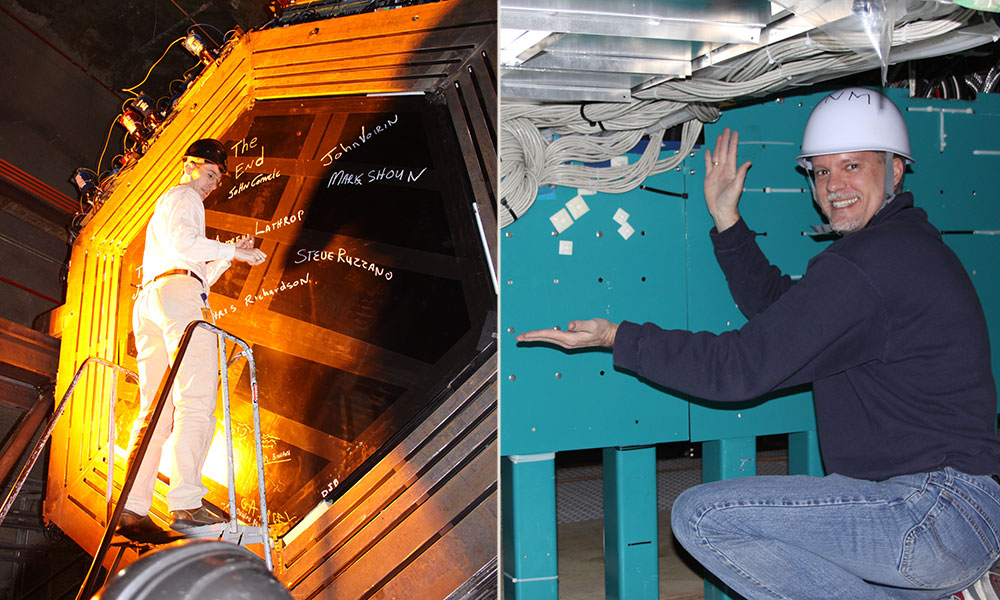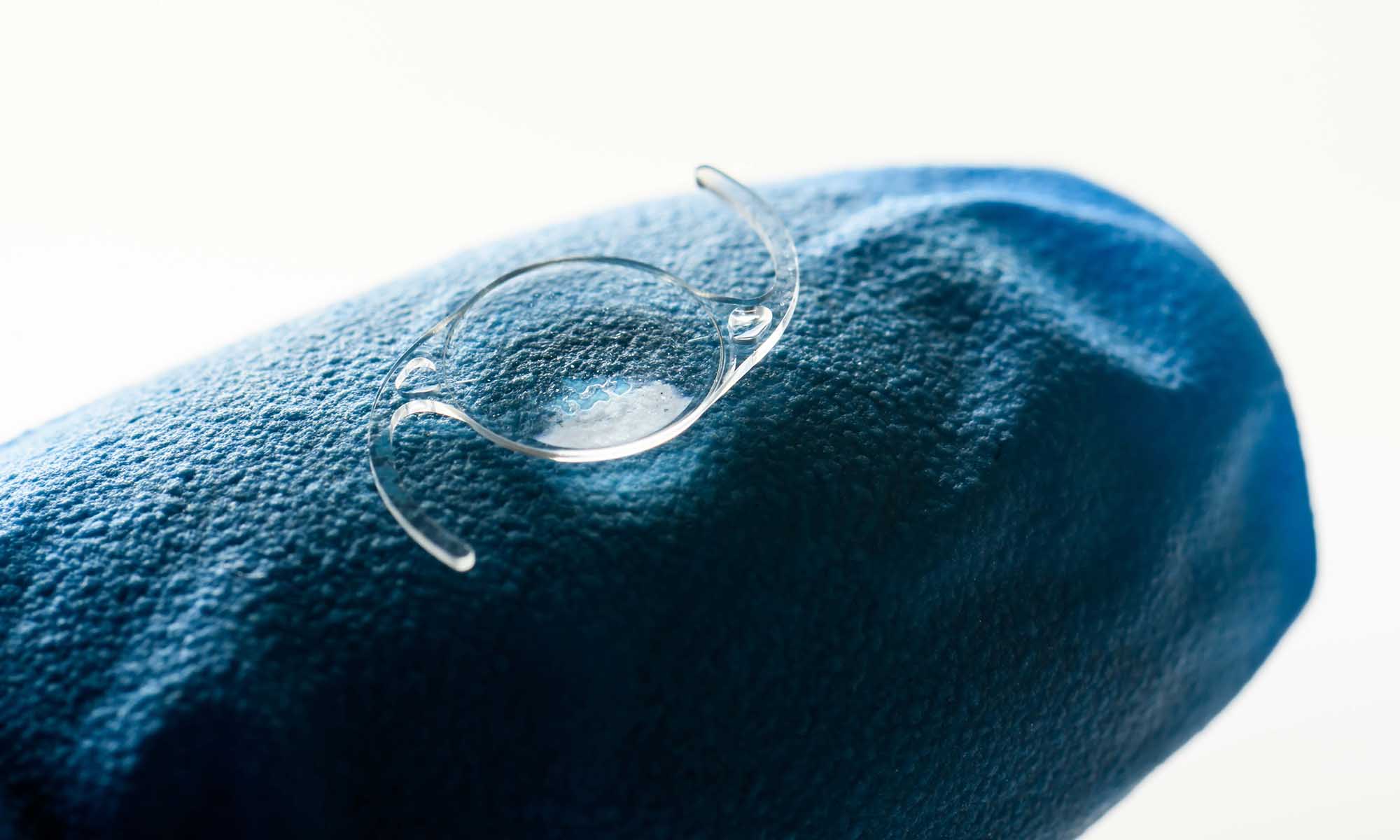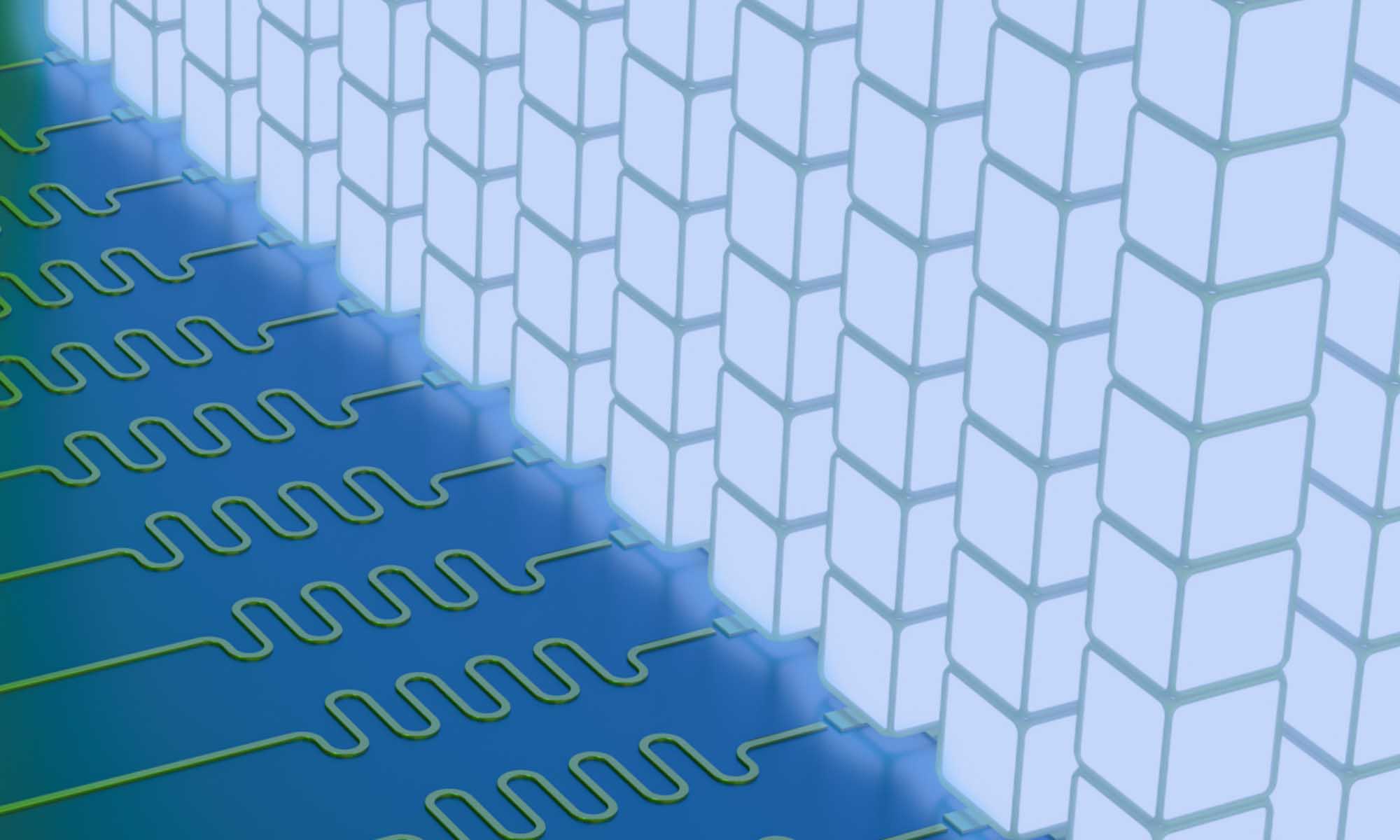Two University of Rochester professors, Steven Manly and Kevin McFarland, as well as two postdocs and a former graduate student, are some of the laureates of the 2016 Breakthrough Prize in Fundamental Physics. The researchers are part of the T2K collaboration, a physics experiment based in Japan that studies neutrinos.
The prize, presented by the Breakthrough Prize Foundation, was awarded “for the fundamental discovery of neutrino oscillations, revealing a new frontier beyond, and possibly far beyond, the standard model of particle physics.”
The Breakthrough prizes were set up by Russian billionaire Yuri Milner together with well-known entrepreneurs from Silicon Valley, including Facebook’s Mark Zuckerberg and Google’s Sergei Brin. The committee for the physics prize includes Stephen Hawking, Nobel prize winner Saul Perlmutter, and other past winners of the Breakthrough Prize in Fundamental Physics.
The prize is valued at $3 million, and is shared with four other international experimental collaborations studying neutrino oscillation: the Daya Bay, KamLAND, SNO, and Super-Kamiokande scientific collaborations.
“These experiments point to the possibility that the tiny neutrino is the reason that the universe today has as much matter as it does,” said McFarland, professor of physics. “It may be that without the neutrino, the matter that we and the earth around us are made of would have been gobbled up by antimatter in the early universe. We may owe the neutrinos a big ‘thank you’.”
There are three distinct “flavors” (types) of neutrinos in nature that can be identified by how they interact with matter. These experiments study neutrinos sent over long distances (from the sun, from neutrinos created when cosmic rays interact in the atmosphere, and from neutrinos created by humans at nuclear reactors and particle accelerators) and observed that neutrinos created as one flavor type “oscillate” into neutrinos of other flavors. This phenomenon can only occur if neutrinos have mass; and therefore, by demonstrating neutrino oscillations these experiments showed neutrinos have mass. Two of the leaders of the five experiments honored by this prize also received the Nobel Prize in Physics this past October for their roles in the discovery.
“Some people refer to neutrinos as ghost particles because they almost never interact,” said McFarland. “That makes the experiments very challenging and time consuming. Going halfway around the world to Japan is not the most convenient commute from Rochester. But an award like this reminds me what a special opportunity it has been to work on this experiment and to be a part of this discovery.”
“It’s great fun to be part of Rochester’s long love affair with neutrinos,” said Manly, professor of physics. “We have a history. The project in which our group is involved, which is recognized by this prize, is partly based on a foundation laid by a University of Rochester alumnus (Ph.D. 1955) Masatoshi Koshiba – for which he was awarded the 2002 Nobel Prize in physics.”
Researchers at the University of Rochester became interested in the opportunity to be part of T2K experiment fourteen years ago, and the work is still going on. Apart from Manly and McFarland, the Breakthrough Prize also named two Rochester postdocs, Phil Rodrigues and Daniel Ruterbories, and a former graduate student, Melanie Day, in their laureate list. The Rochester team currently working on the experiment also includes graduate student Konosuke Iwamoto. Professor Arie Bodek, senior researcher Howard Budd and graduate student Hyup Woo Lee are past contributors who are still at Rochester.
“Ten years after we started to work on the experiment that became T2K, two things happened,” said McFarland. “A devastating earthquake struck the east coast of Japan with the epicenter only a few hours drive from where we work, and T2K had just finished collecting the data for which the Breakthrough Prize was awarded. I still remember the projector shaking from the aftershocks of the quake as a graduate student showed the analysis of the data. And I remember the realization that this was what we had been working for over those ten years as being the biggest shock of the day.”
The award was presented last night at a ceremony at the NASA Ames Research Centre in California. The ceremony was broadcast live on the National Geographic Channel, and was hosted by comedian Seth Macfarlane. A one-hour version of the broadcast is scheduled for Fox on Nov. 29, at 7 p.m. ET.
The T2K experiment in Japan uses a proton accelerator to create an intense beam of muon neutrinos. The neutrinos are directed to the Super-Kamiokande detector in the Kamioka mine deep inside Mt Ikeno, 295 km away. T2K’s citation for the prize was given for the observation of electron neutrino appearance in the muon neutrino beam, which is the first observation of the appearance of a neutrino flavor. This discovery sets the stage for the study of differences in the neutrino oscillation process relative to their antiparticles (antineutrinos), called CP violation, which may elucidate how the universe came to be matter dominated. The T2K Collaboration has included over 500 members from 64 institutions in 12 countries.




